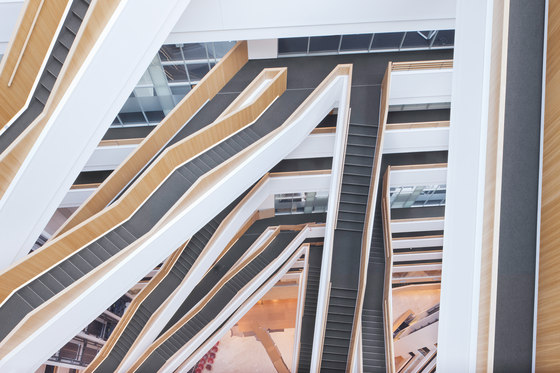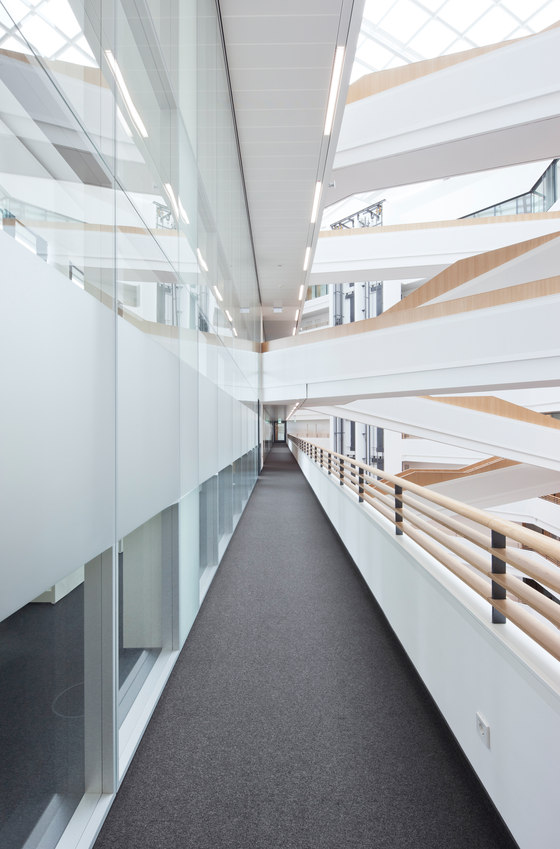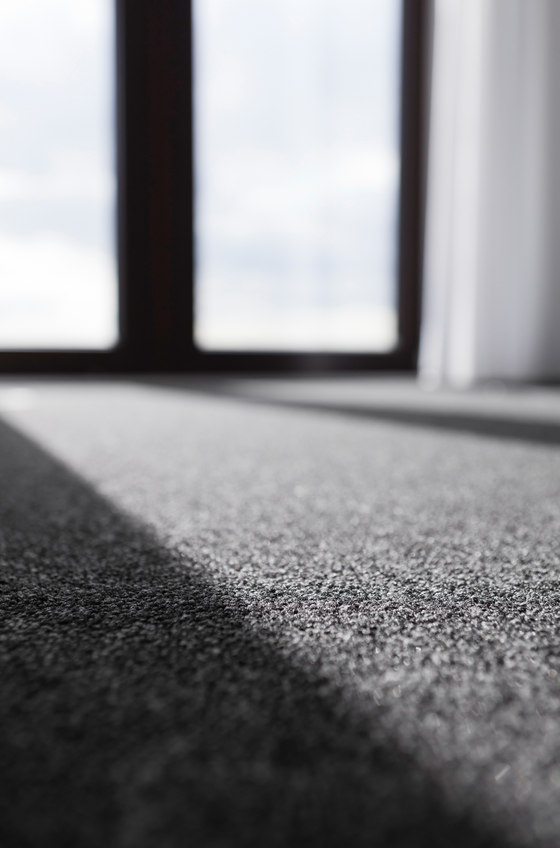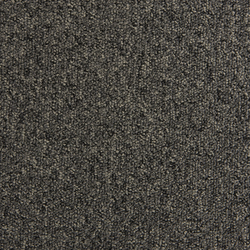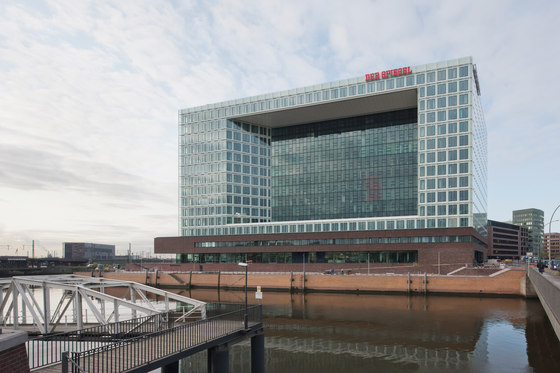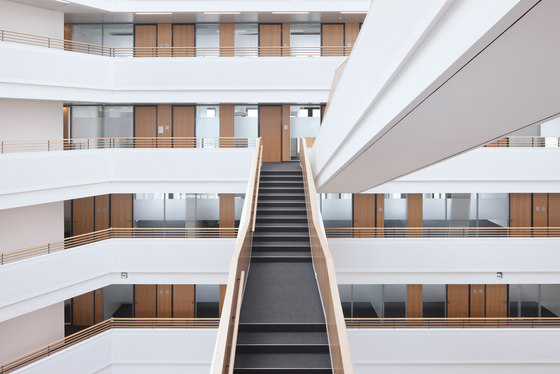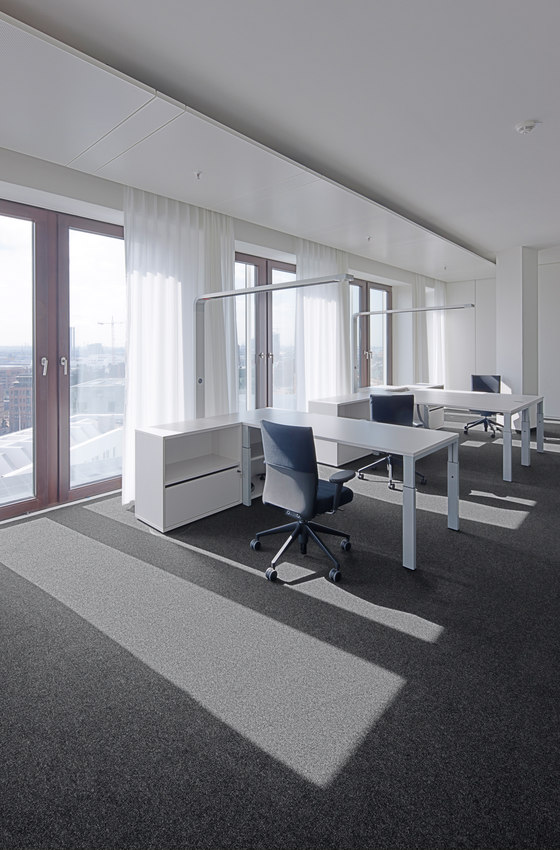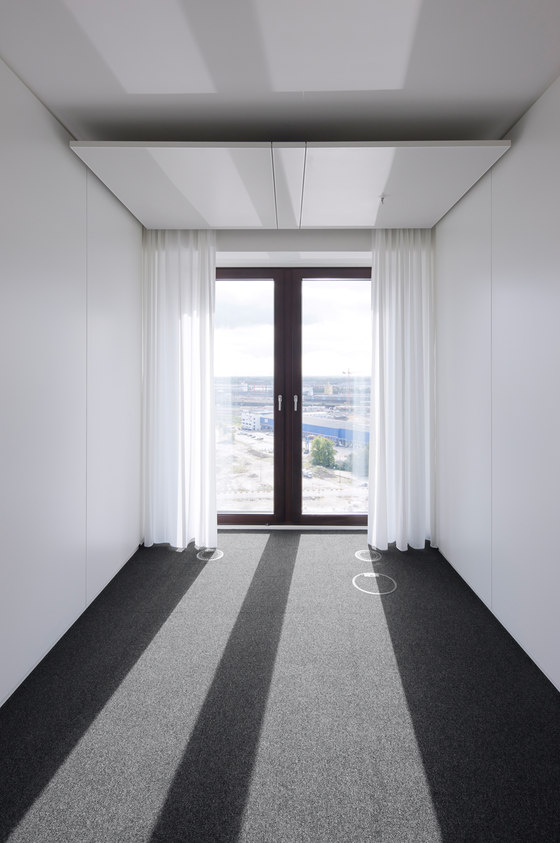Waterside
An urban development, waterside project that is exceptional worldwide is being created over an area of 157 hectares in Hamburg. HafenCity will extend Hamburg’s downtown district by about forty percent. Employees have already moved into one of the largest buildings in the new urban “mixed use” area, the SPIEGEL building.
In more than 40 years, what was once the SPIEGEL editorial team has grown into a group whose competencies extend to TV and online activities. Now, they can all benefit from being under one roof for the very first time in their history. The new building in Hamburg’s HafenCity is one of the largest in Hamburg with its 30,000 square meters. The Danish architect firm Hennig Larsen won the architecture competition to design the building.
Within its austerely grid-like structure, the building opens up a window to the city. It also sets standards in terms of sustainable building and has already been awarded prior HafenCity gold-category environmental label certification. Its primary energy requirements are very low and are based on geothermal energy and photovoltaics.
The building welcomes you serenely from the water terrace. Unconventional structures featuring stairs, bridges and galleries gently forge their way within over all thirteen floors of the atrium allowing unusual perspectives and creating new points of reference from each individual spot. Even the famous old canteen designed by Verner Panton was recreated, albeit in a stylized manner: Lights and the colors lilac and orange feature large in the snack bar on the fifth floor.
Throughout the entire building, there are charming, low-key changes of material consisting for example of natural oak for handrails, white walls and the anthracite of the floors. All walls feature partition walls whose position can be changed. The rooms are created by transparent walls, also a natural source of light, facing the corridor.
Floor coverings in the form of tiles correspond to the high demands made in terms of sustainability and flexible use. Slo 71 is a recycled product that improves the sustainability balance of buildings. Seventy percent of the carpet tiles’ pile fabric consists of recycled polyamide yarn. PET bottles are collected, sorted, reprocessed and transformed into the one-hundred-percent recycled Slo70 tuft backing in a complex procedure. The carpet backing consists of ten percent recycled carpet material.
Slo 71 tiles, 50 x 50 cm, in anthracite cover around 25,000 square meters in the editors’ offices as well as in the corridors and on the staircases in the atrium. You can stand and enjoy an informal conversation here for as long as you like because you do not just feel more comfortable on carpets, but are in fact standing more healthily.
Carpet: Slo 71 as loose-laid tiles, Carpet Concept, Bielefeld
Architektur: Henning Larsen Architects, Kopenhagen
Fotos: Hans-Georg Esch, Hennef - Stadt Blankenberg

